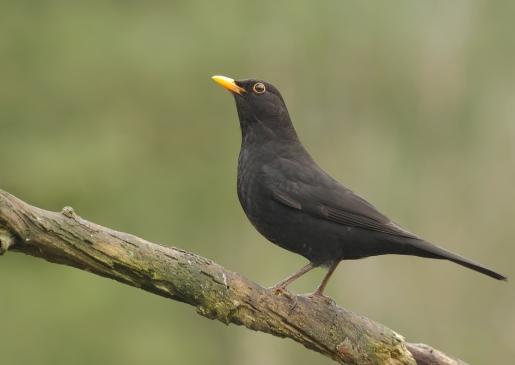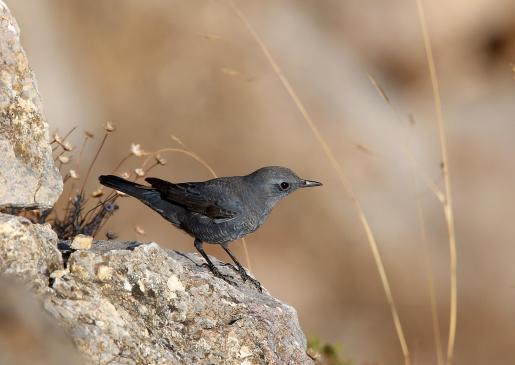Identification
It has a brown top and tail, a whitish belly with beige sides and a characteristic orange face and neck with a narrow grey-blue band around it. Both leaves are the same colour and size. Juveniles have a row of beige-orange spots in the middle of the closed wing. Beak black, legs brown to flesh-colored.
Although it is quite bold and we will see it pop up almost busting out of our bosom it mostly stays hidden in the vegetation from where we hear it calling or singing.
Distribution - Habitat
It is a European species as it has a permanent presence (all year round) in Western and Southern Europe up to Northern Turkey and a little west of the Black Sea and is a summer visitor (for breeding) in Eastern and Northern Europe up to Western and a little Central Russia. It overwinters in southern Europe, the Middle East (Syria and Iraq), some areas in Kazakhstan and coastal areas in North Africa.
It will be seen in forests, tree crops, tall shrublands, orchards, gardens and crops with hedgerows and trees and usually moves into the mid-heights of vegetation.
Interesting Information
- It feeds on invertebrates (ants, beetles, spiders, etc.), fruits and seeds and more rarely on small vertebrates (e.g. lizards). As regards fruits, it prefers those of the lentisc and other Mediterranean shrubs (terebinth, wild olive, myrtle).
- We would be remiss if we closed without mentioning that it is also known as "the Winter Nightingale"!


